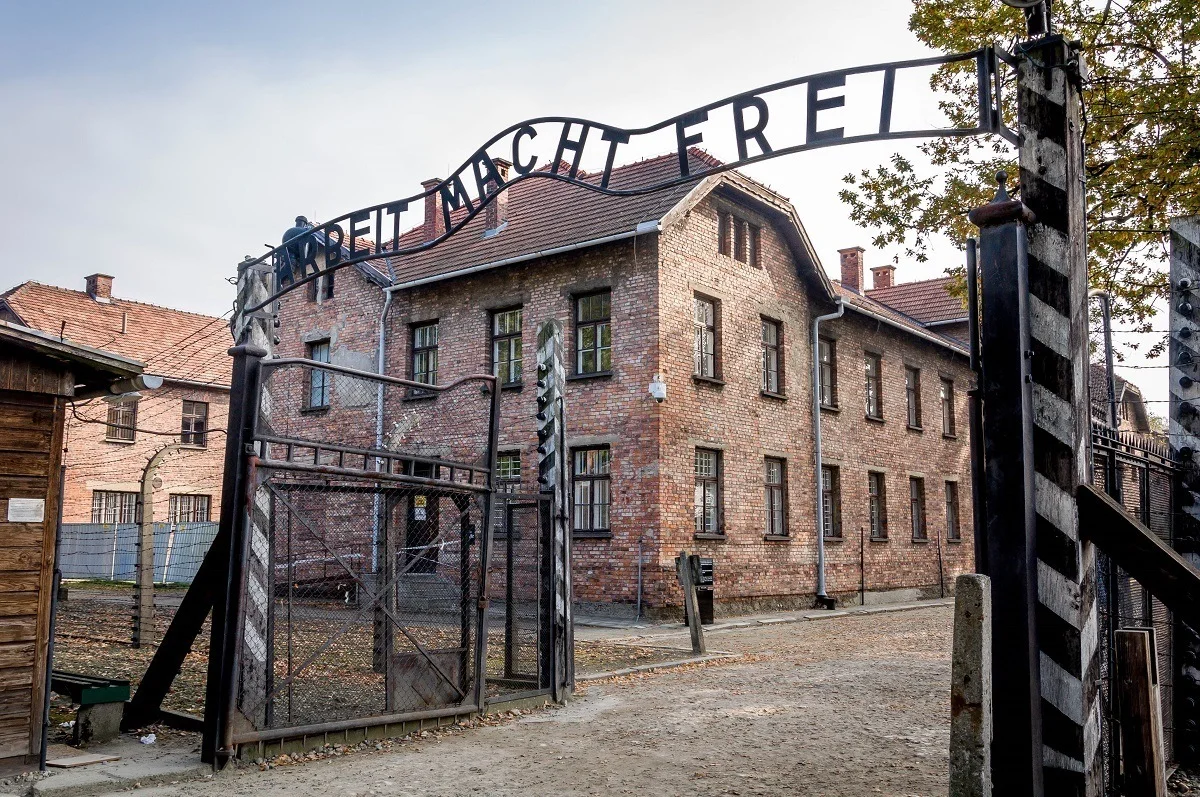
“Auschwitz.” That single word is loaded with such evocative images and horrific associations that it’s hard not to arrive with a mental picture of the place. Before leaving for Eastern Europe, the question we were most asked was, “Are you going to Auschwitz?” Our plan was to drive out from Krakow and take the Auschwitz concentration camp tour. What we found completely surprised us.
We had visited several German concentrations camps before and thought we knew what to expect. From 1994-1995, I crossed the European continent several times visiting Nazi and Holocaust sites while working on my high school honors thesis. Each and every Holocaust site is carved into my brain: Bergen-Belsen, Buchenwald, Dachau, and Westerbork. I also visited other important World War II sites throughout Europe.
Each of those experiences was difficult, emotional and mind-numbing. We expected Auschwitz-Birkenau, the largest and most infamous of the German concentration and death camps, to be even more emotionally powerful. But, surprisingly, that didn’t happen.
The German concentration and death camps and the collective experience known as the Holocaust would become infamous for the magnitude of the horror and the scale of the slaughter – the experiments with lethal pathogens and amputations and toxins; the collections of tattooed human skin; the torture administered by every conceivable instrument of pain; and finally the staggering numbers of dead.
The scale and magnitude is nearly unfathomable: 42,500 facilities used to incarcerate, deport or exterminate over 11 million people, including over six million people of Jewish heritage. It is evil in its purest form.
The place collectively known as Auschwitz is composed of the main camps – Auschwitz I, Auschwitz II-Birkenau (the “death camp”) and the Auschwitz III-Monowitz (the “work camp”) – plus a network of over 45 small sub-camps that supplied slave labor to industrial companies. The collective Auschwitz system was the largest concentration camp in the German system, and Auschwitz II-Birkenau was the largest extermination camp.
Taking the Auschwitz concentration camp tour puts the scale into sharp focus.
Those who have seen Schindler’s List or other Holocaust films have a mental image of Auschwitz. Trains arrive through the brick guard building and pull up along a long concrete platform. Inside the wooden railcars, people are packed in so densely that some are trampled. The cars are stifling hot, the floors are covered in excrement, and many people die on the journey.
The doors to the railcars open. The dogs are barking. The guards are screaming in German. Many inside the railcars lack the physical strength to get out. Yet all of them carry belongings to begin their new lives in this place – this place of darkness. Because they have been lied to and given false hope.
On the platform, more German efficiency. Sorting. People are sorted from their belongings. Suitcases that were painstakingly packed and the few cherished belongings that were selected are left on the platform. The men are then sorted from women and children. Everyone was sorted into two groups. The first group is sent to the showers…actually the gas chamber.
Once dead, their bodies are sorted – gold teeth are extracted and sometimes experiments are conducted. Their belongings are sorted – shoes, clothes, silver, brushes, books – with like items being stored together in vast rooms. Sorting.
The second group is sorted for a different purpose. They are sorted for work. “Arbeit Macht Frei.” Those words taunt the living. “Work Will Make You Free.” But the only freedom would be death – either actual death or a kind of living death for the rest of their lives. This is a death camp.
People who have seen movies about the Holocaust have a mental image of the sorting – and even of the horrors of the concentration and death camps. However, there is no movie that can prepare you for being confronted with the realities of Auschwitz. No amount of seeing Schindler’s List will prepare you to see the sorting platforms. No film will prepare you to see the masses of human hair, cut from the heads of the dead…and then woven into cloth.
And yet, the experience was a disappointment for us. The Auschwitz concentration camp tour was a model in efficiency. It is almost an assembly line process of cranking visitors through as quickly as possible. There is no opportunity to pause and reflect on the vastness of the Auschwitz camp or the horrors that happen here. There is no opportunity to meditate or pray. There is no opportunity to honor the victims.
At other concentration camps and museums of the Nazi era, there is a strange stillness and an eerie quiet. Visitors observing a library-like atmosphere of hushed tones or intense silence, in reverence for the unspeakable events of the past. The Auschwitz tour was the opposite – a hive of activity and masses of visitors being ushered back and forth in groups of 60, 80, or 100.
The groups are so large that the guides speak into microphones and you listen to the tour on audio headphones. The groups are so large that you really can’t see anything in the museum rooms. And the constant rush to move on to the next room, the next horror, the next atrocity.
Perhaps we had unrealistic expectations of the Auschwitz concentration camp tour. Perhaps we should have known that it would be an assembly line. Perhaps we should have been prepared to see visitors draped in Israeli flags having a picnic lunch on the walls of the destroyed gas chamber. Perhaps we should have expected the masses of visitors. But we didn’t.
We expected the Auschwitz concentration camp tour to be like other concentration camps. We expected a highly emotional experience. It wasn’t. Auschwitz is different.
The events collectively called the Holocaust were not an evil committed on Jews and gypsies and homosexuals and political dissidents. The Holocaust was an evil committed on all of humanity. While we are glad we visited and took the Auschwitz concentration camp tour, it wasn’t the opportunity to connect with our shared humanity that we were expecting.
Lance Longwell is a travel writer and photographer who has published Travel Addicts since 2008, making it one of the oldest travel blogs. He is a life-long traveler, having visited all 50 of the United States by the time he graduated high school. Lance has continued his adventures by visiting 70 countries on 5 continents – all in search of the world’s perfect sausage. He’s a passionate foodie and enjoys hot springs and cultural oddities. When he’s not traveling (or writing about travel), you’ll find him photographing his hometown of Philadelphia.

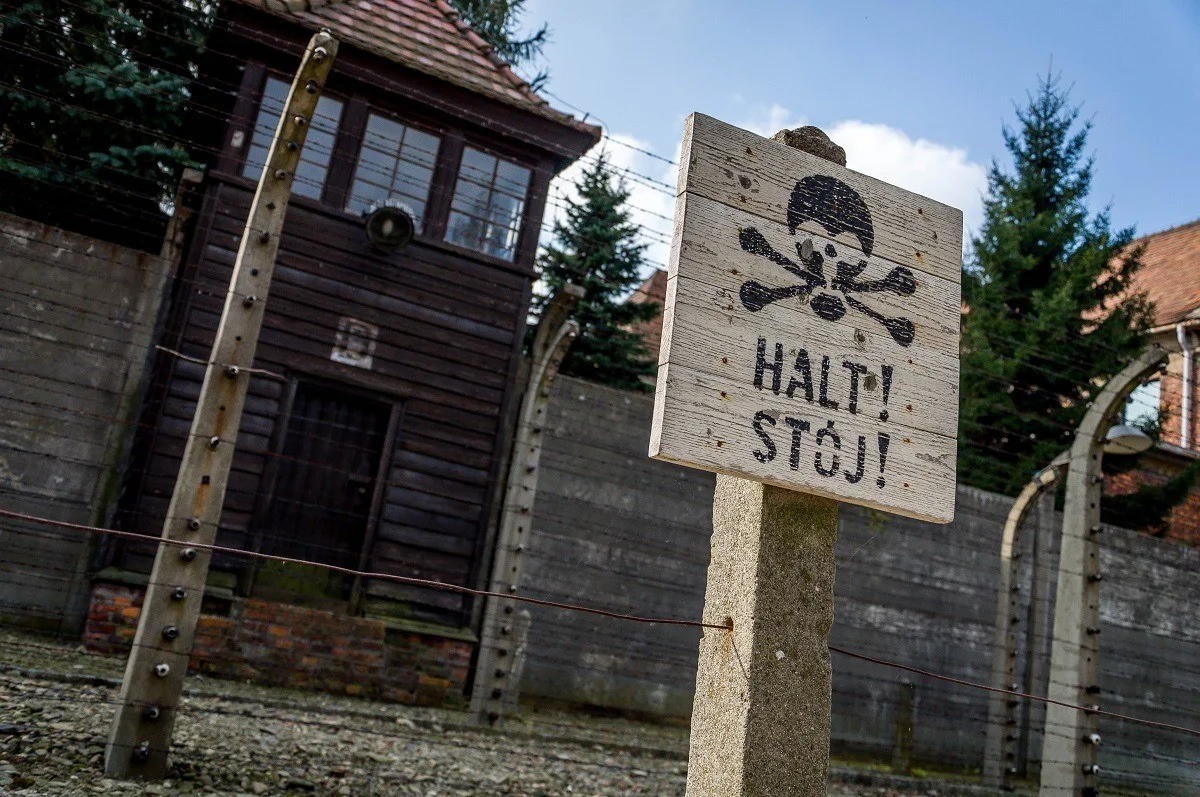
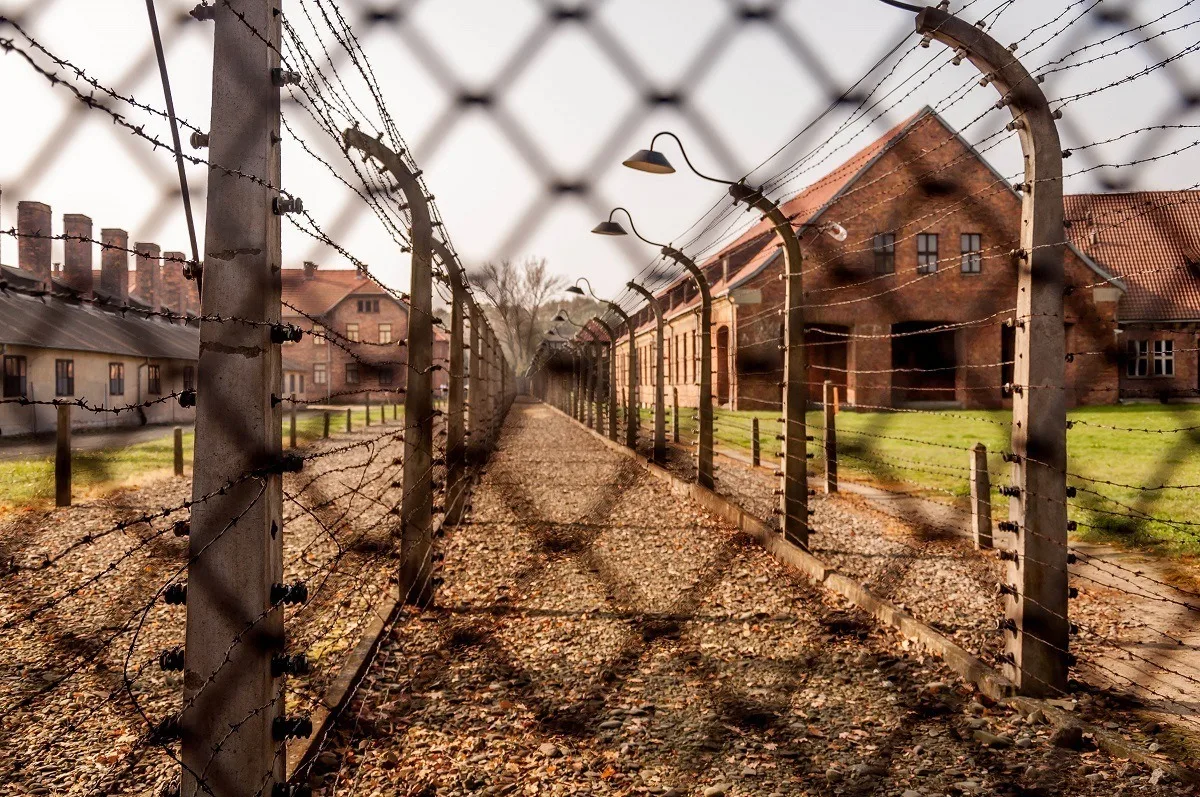
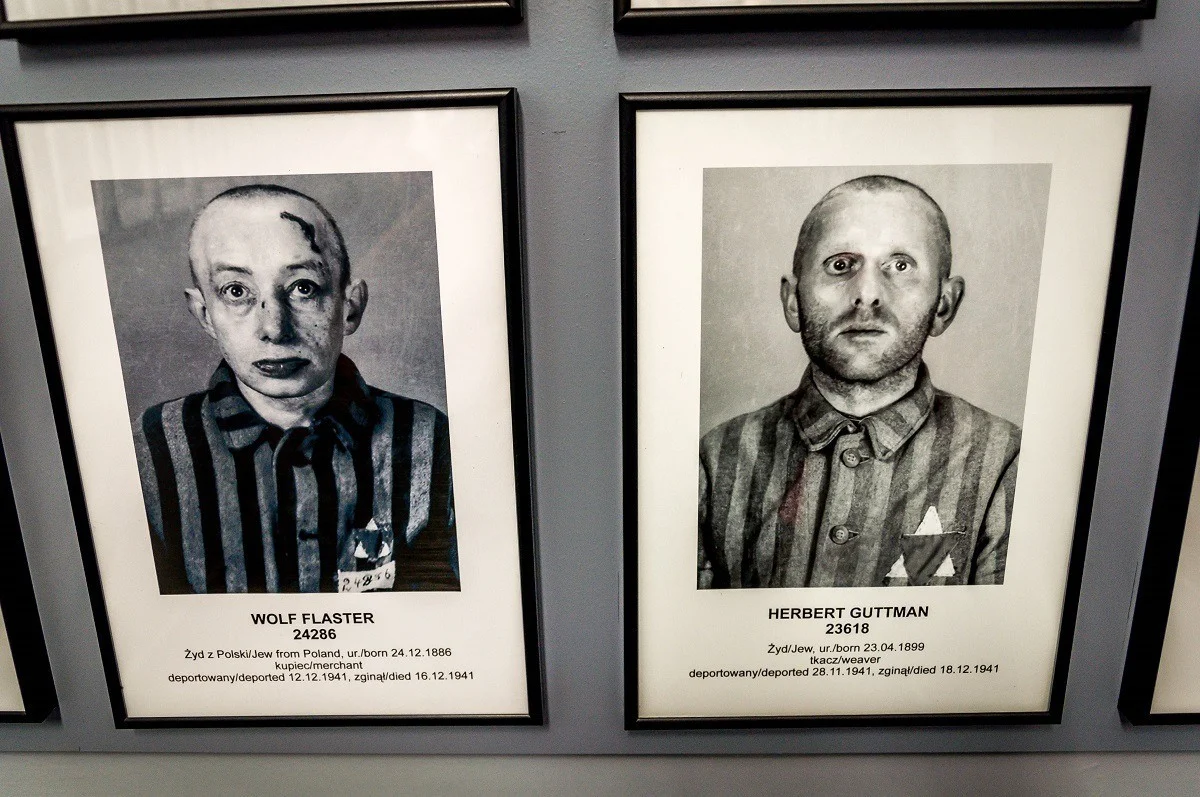
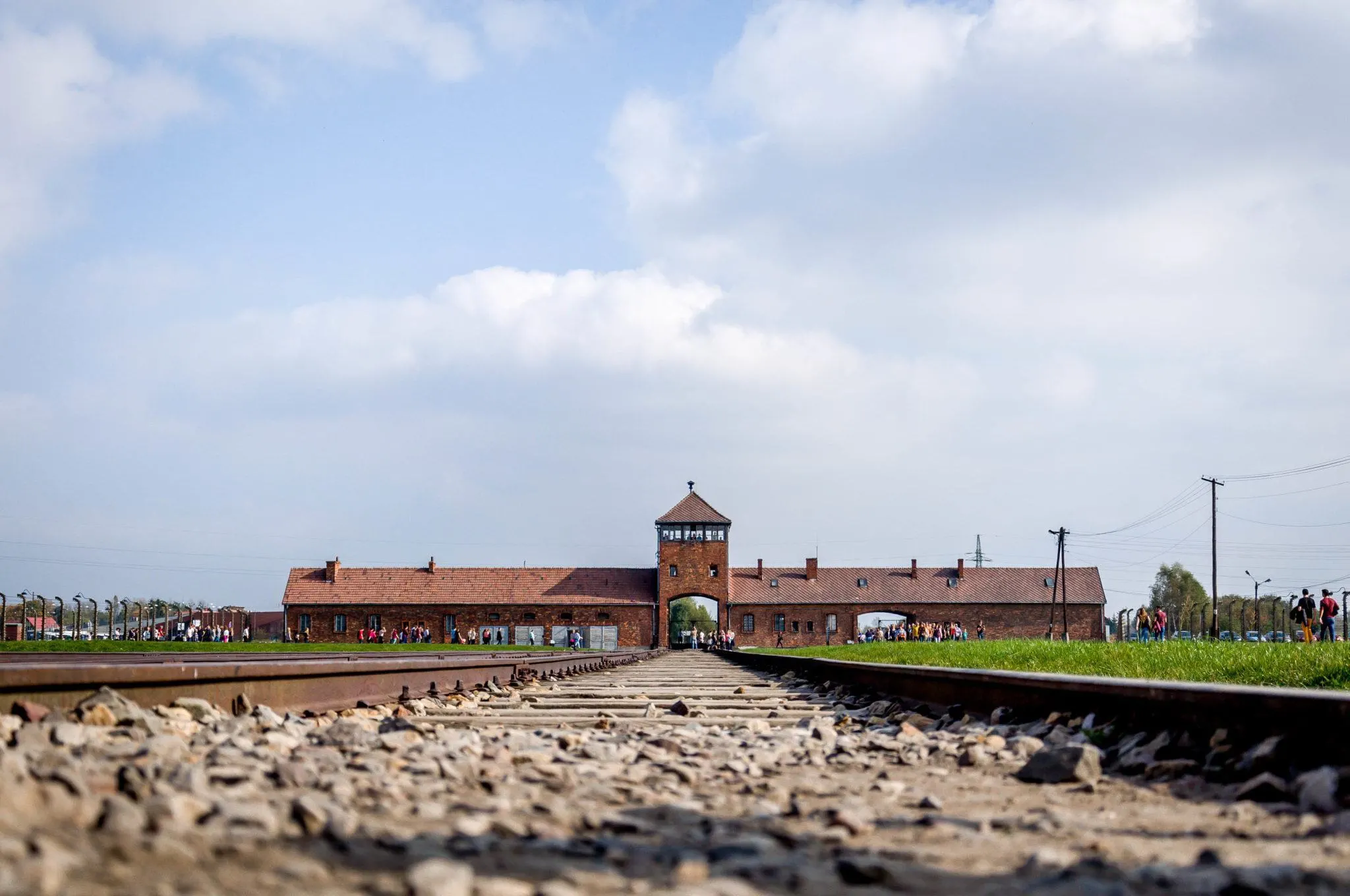
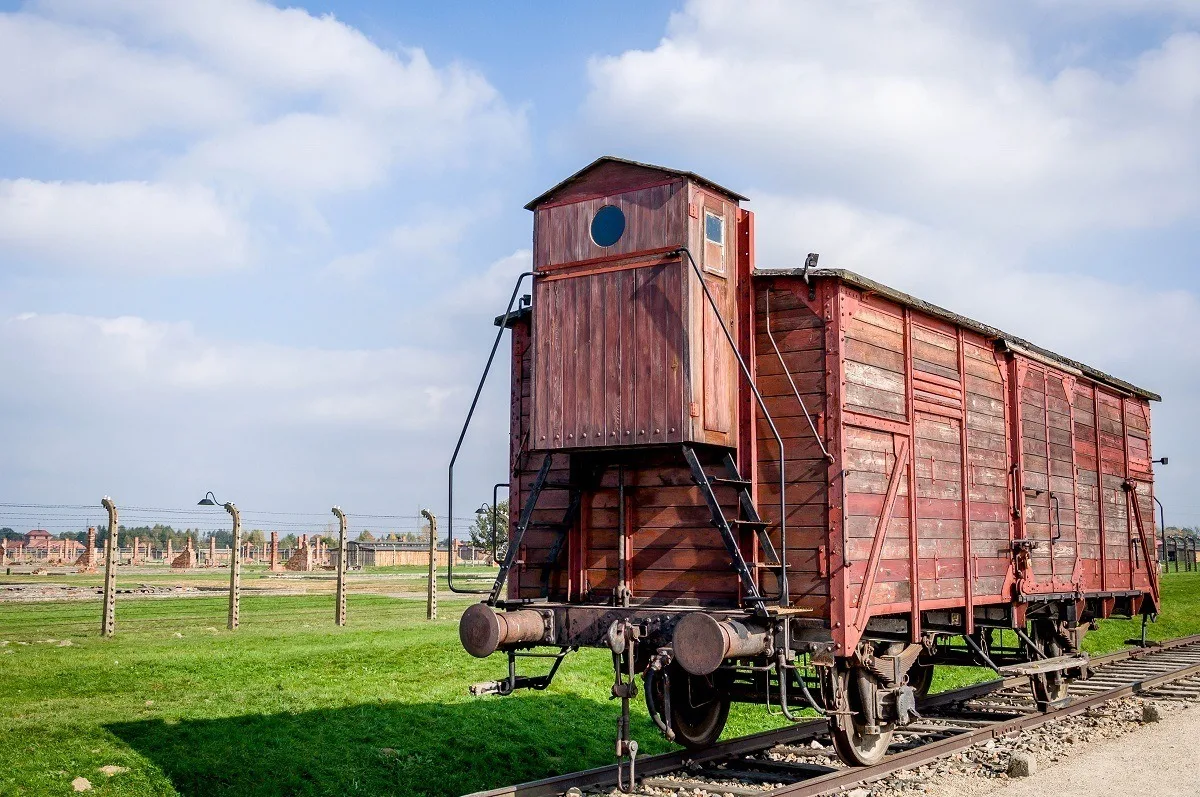
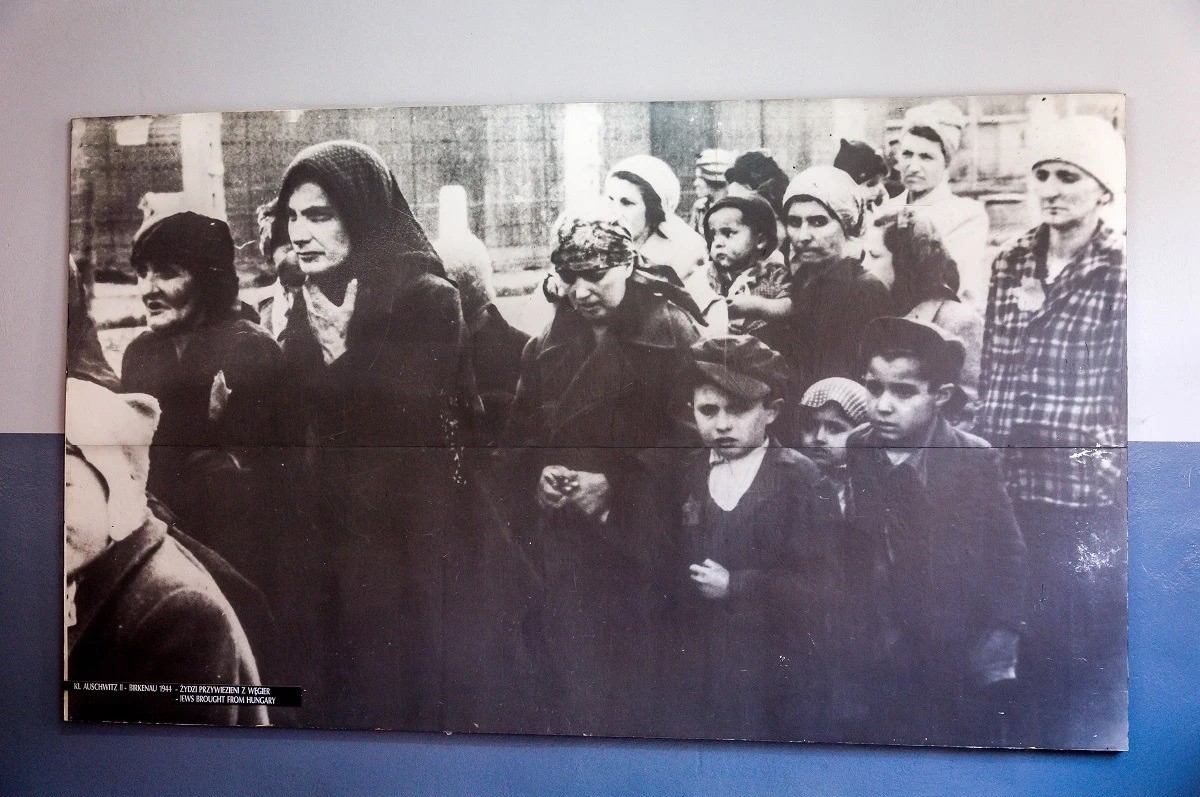
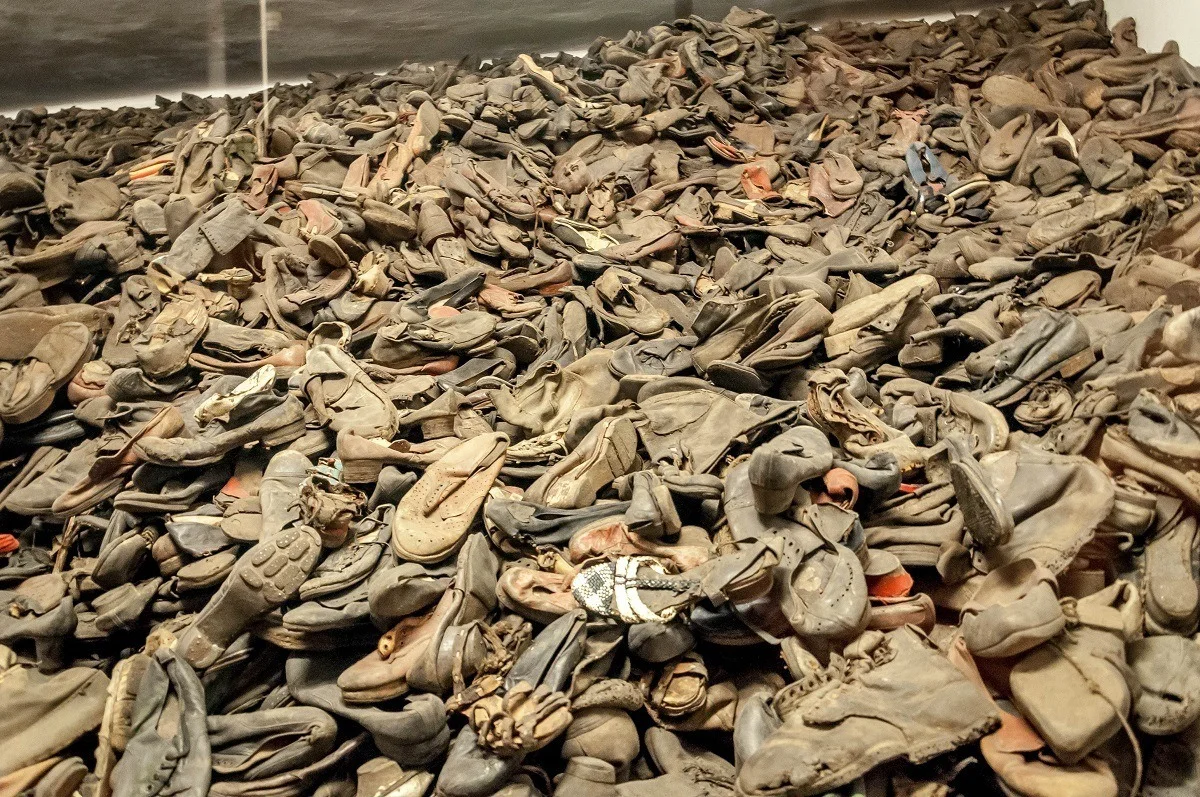
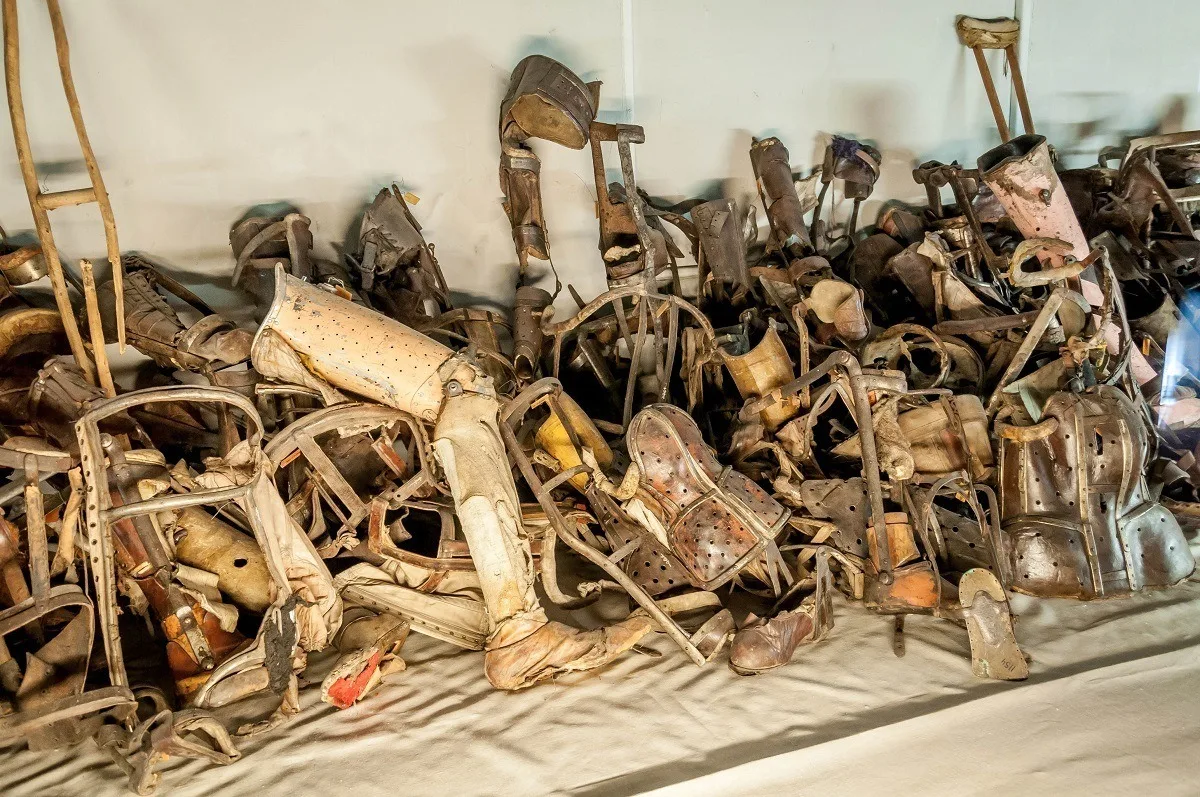
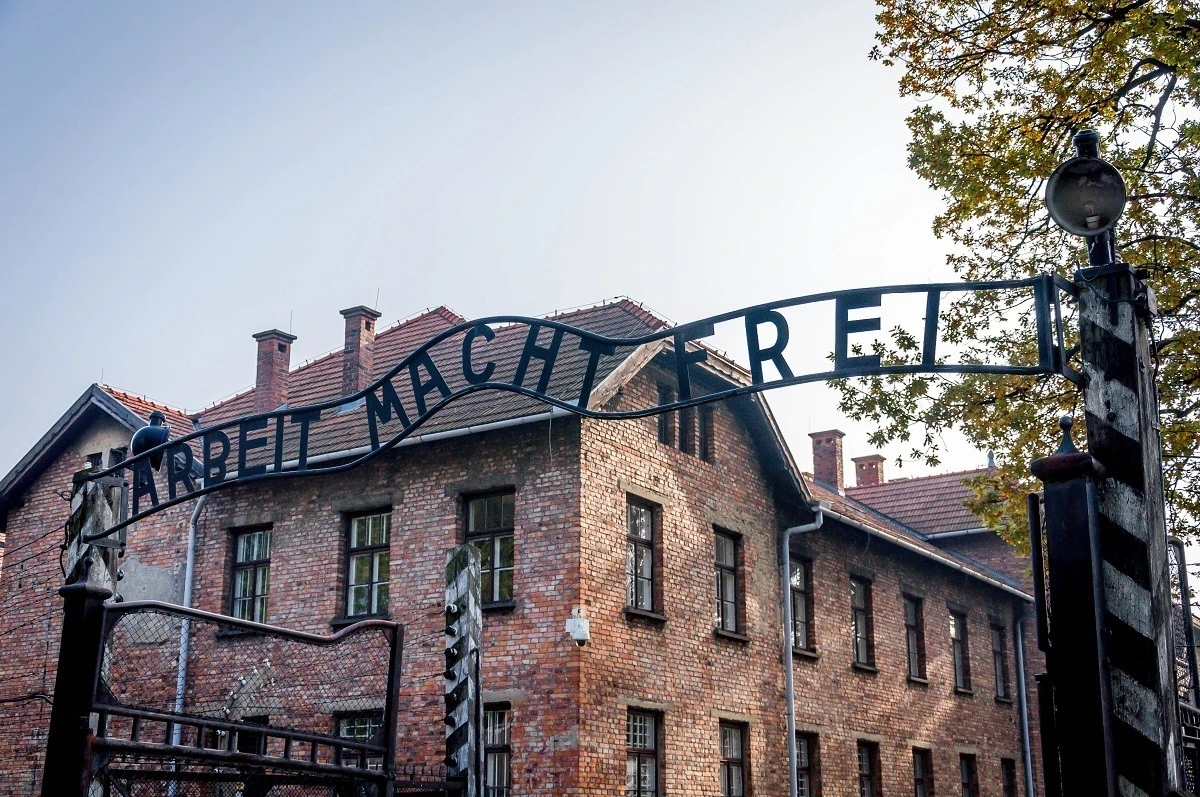
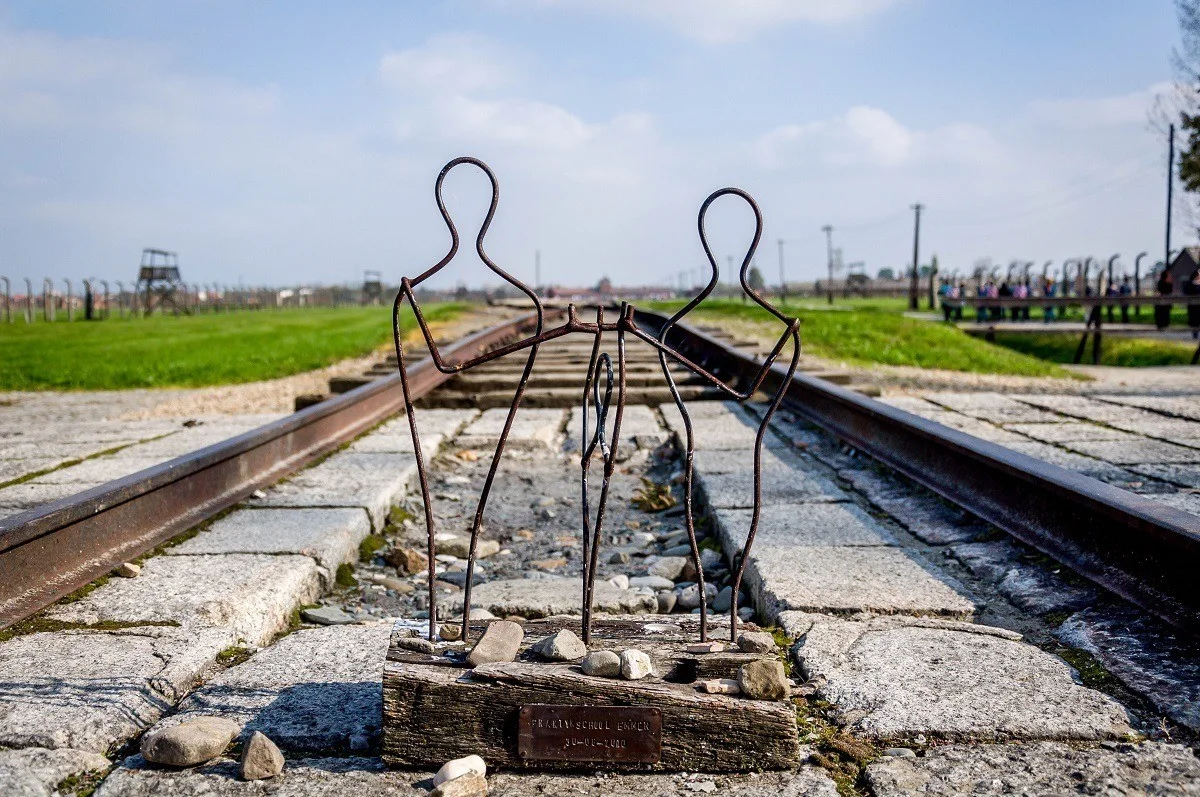
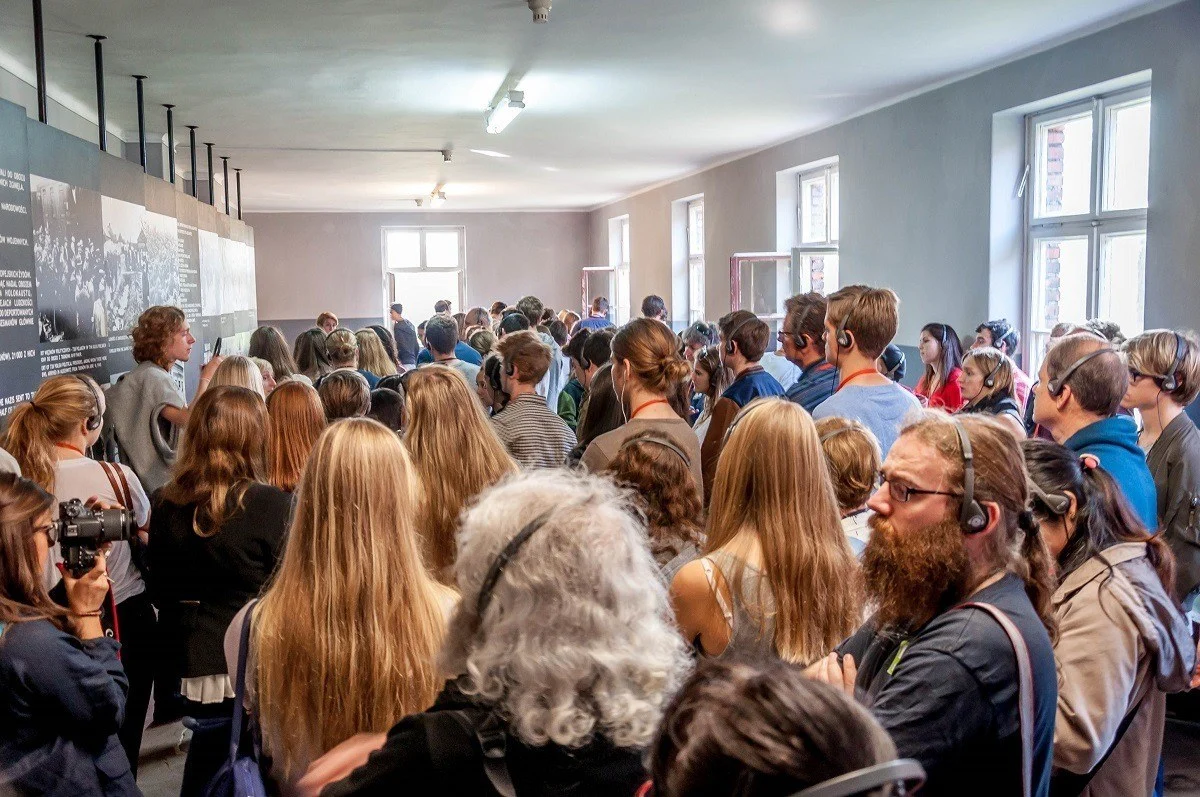
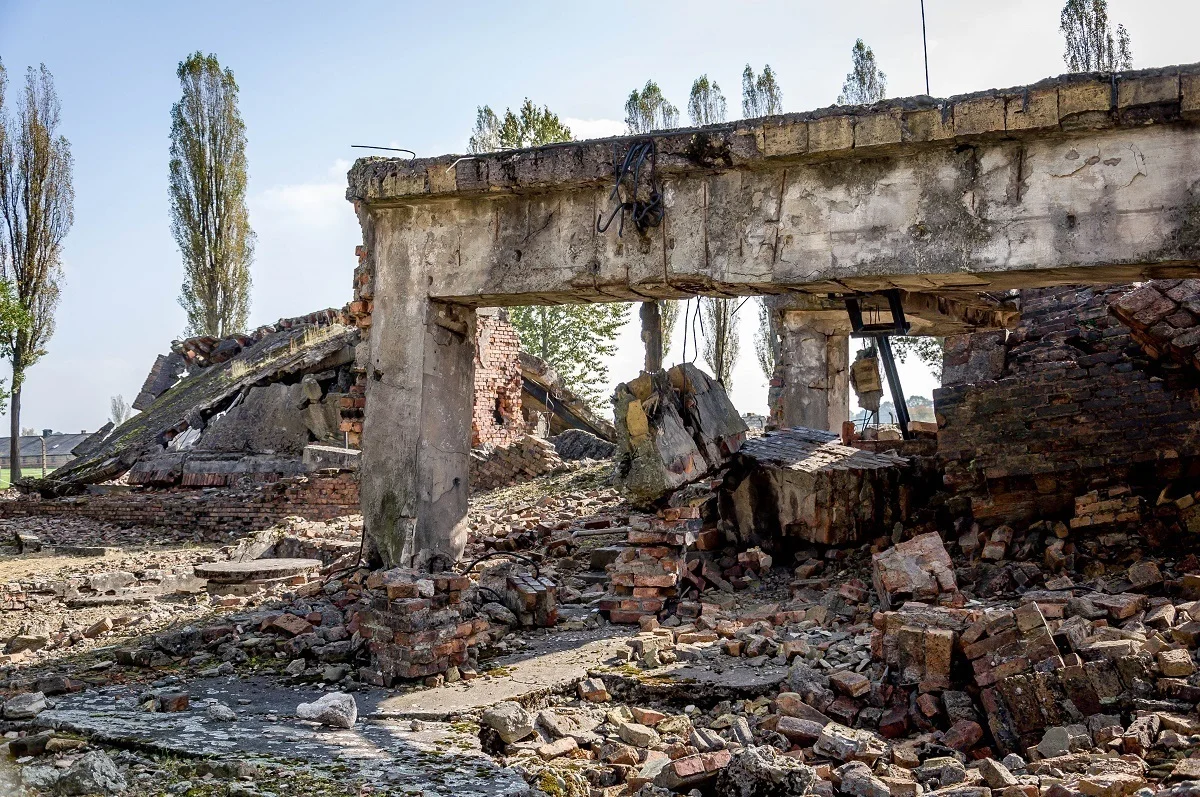
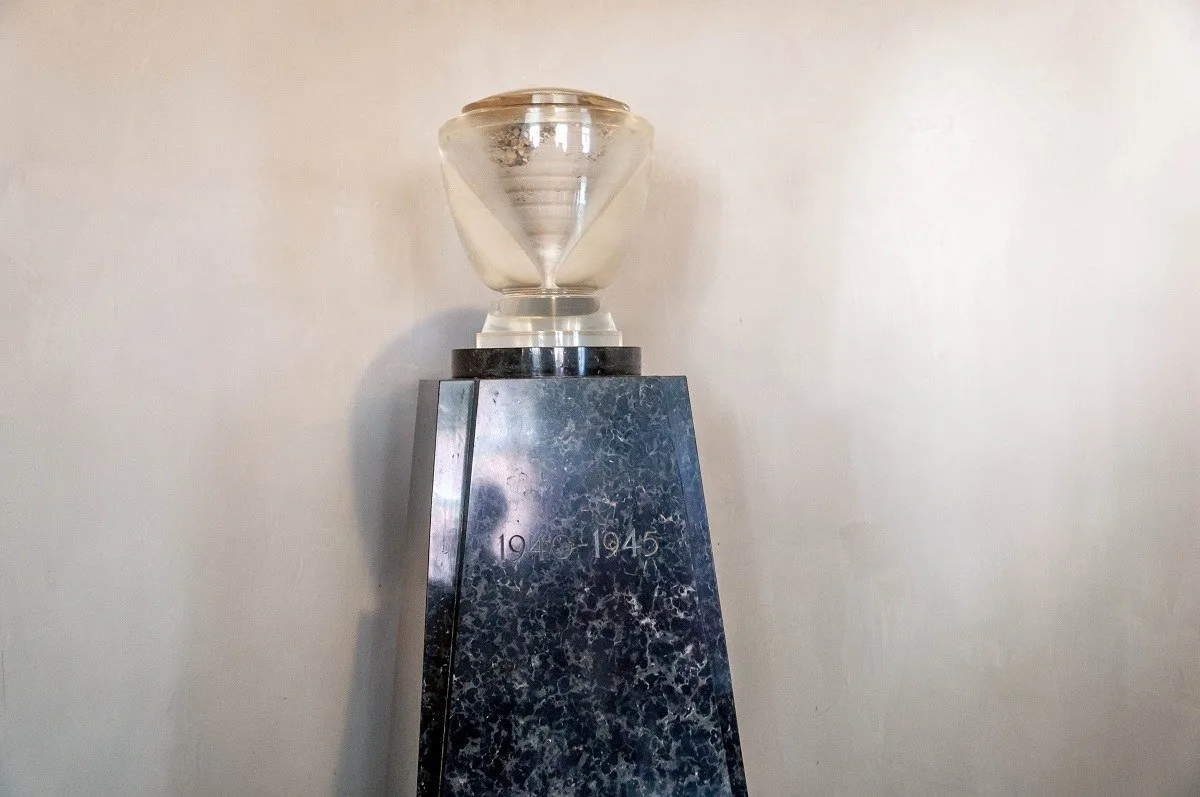
Ray Yule
Tuesday 3rd of August 2021
I visited and I can unequivocally say there was and is time to reflect and pray; I saw nothing at all wrong in the way the “tour” was conducted. The fact that the first arrivals at the camp were Poles, some 20,000 and that they were summarily eradicated in 2-3 months is witness to how gruesome and efficiently the Germans conducted themselves ….
Gilles Barbier
Monday 29th of June 2015
Hi Lance, First I must admit, I had a totally different experience of Auschwitz. I was there in April 2009, and took a private guide, who had a wealth of knowledge on the Holocaust. It was a very challenging day, but a very profound one. What you describe is completely mind-boggling to me, he worse being: "Perhaps we should have been prepared to see visitors draped in Israeli flags having a picnic lunch on the walls of the destroyed gas chamber" It is a shame and it is profoundly disturbing that such an important place for our History is turned into such a mass-tourism place. Thank you for sharing Gilles
Lance Longwell
Monday 29th of June 2015
Thanks Gilles. I'm hopeful that there will be changes in the management of the site that will protect it for generations to come.
Jennifer
Wednesday 21st of January 2015
We haven't been to Auschwitz yet, but have been to others. These are places you definitely don't want to feel herded and rushed. It's a shame it sounds like such a zoo.
mark
Tuesday 20th of January 2015
I went in 2013, Auschweitz is the saddest place i have ever been i was moved to tears on a few occasions. I went with a german friend who stated " my country did this to bring glory but only bought shame" how true. i also went with a Pol who's grandfather had beem in auschweitz emotional for both of them for very different reasons.
Lance Longwell
Wednesday 21st of January 2015
That dual perspective is interesting. One of my very first camp visits was in 1995. I visited Bergen-Belsen with son and granddaughter of Nazi officer. Neither were alive for those terrible events, but their thoughts on the experience was transformative for me. I haven't really thought about that day in years. I may need to write a post about that experience!
Kenin Bassart
Tuesday 20th of January 2015
What a thoughtful and well written piece. I imagine because Auschwitz is the largest and most infamous it draws the largest crowds. I imagine the large groups and microphones were a reaction to the influx of visitors as opposed to being set up that way by design. I suppose Auschwitz like anywhere else must have some seasonality to it, maybe you get a different experience when it's the off season.
Lance Longwell
Wednesday 21st of January 2015
I don't know. I think there's something to your idea that its size draws large crowds. But it seems like there is a way to manage them better. At Dachau, visitors freely walk the perimeter, take in the museum freely and sit with their thoughts. There's even more room at Auschwitz. Why herd people into these mandatory tours that don't really do the site justice?